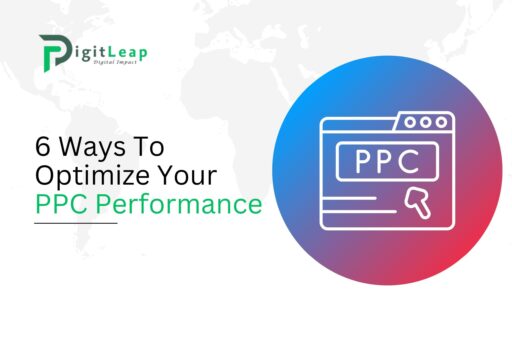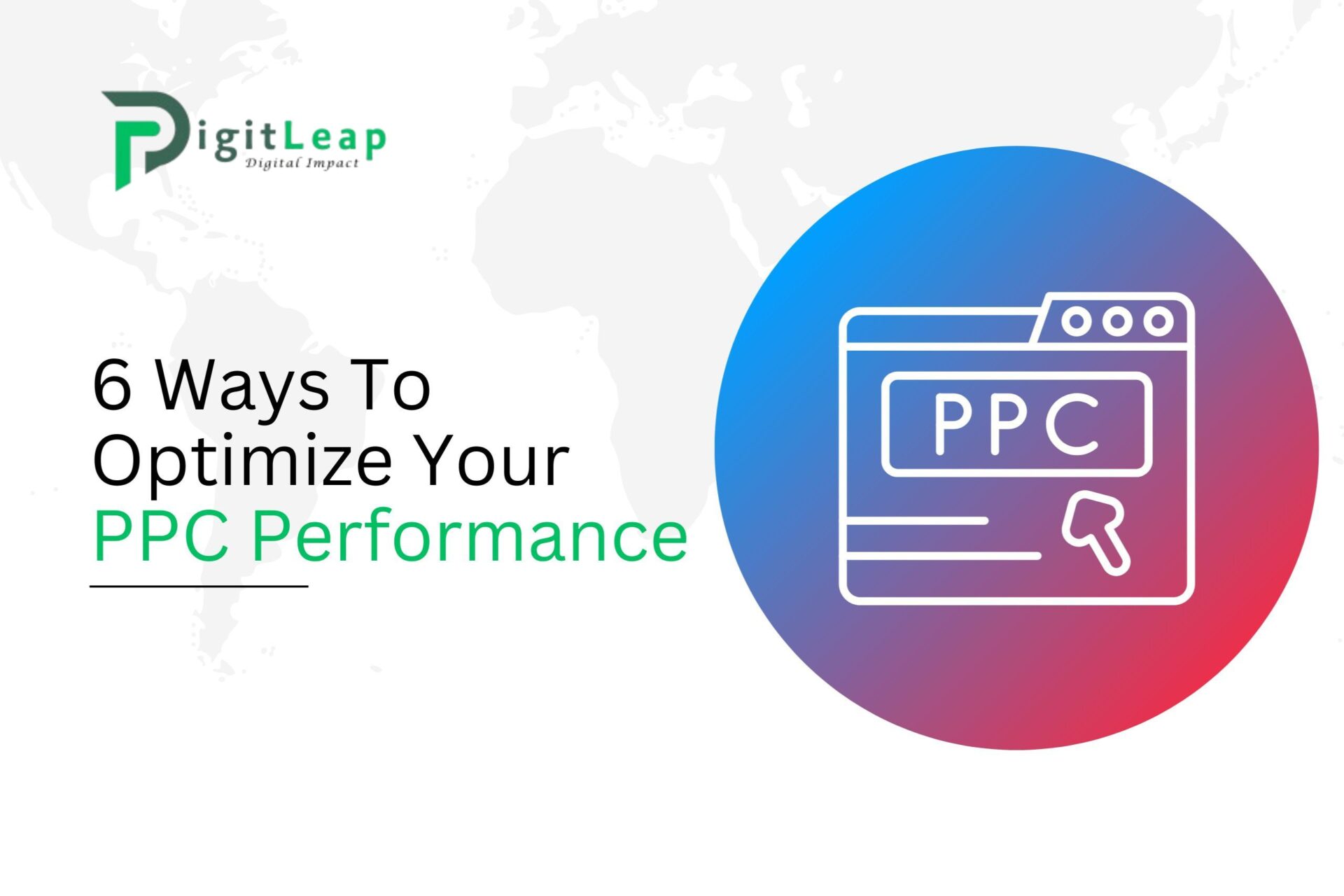6 Ways To Optimize Your PPC Performance
Pay-per-click (PPC) advertising can be a powerful tool to drive traffic, generate leads, and increase sales. But without proper optimization, your PPC campaigns can quickly drain your budget without delivering the results you expect. The key to success lies in regularly refining your strategy to get the most value out of your ad spend. Let’s take a look at six effective ways to optimize your PPC performance and ensure you’re getting the best return on your investment.
1. Refine Your Keyword Strategy
Keywords are the foundation of any PPC campaign. If you’re not targeting the right ones, your ads won’t be seen by the right audience. One of the best ways to optimize your PPC performance is by continually refining your keyword strategy.
Start by conducting thorough keyword research to find the terms your target audience is searching for. Use long-tail keywords to capture users with specific intent, and regularly review which keywords are driving conversions. Also, don’t forget about negative keywords—these are the terms you don’t want your ads to show up for. Adding negative keywords will help you avoid wasting money on irrelevant clicks.
2. Optimize Your Ad Copy
Your ad copy plays a huge role in convincing users to click on your ad. To boost your PPC performance, make sure your ad copy is clear, compelling, and relevant to the user’s search query. You want to quickly grab their attention and give them a reason to click.
To optimize your ad copy:
- Highlight your unique selling proposition (USP): What sets your product or service apart from the competition? Make that the focus of your ad.
- Use strong calls to action (CTA): Phrases like “Shop Now,” “Get a Free Quote,” or “Learn More” guide users toward taking the next step.
- A/B test different versions: Create multiple variations of your ads to see which performs best. Testing different headlines, descriptions, and CTAs can lead to higher click-through rates (CTR) and better results.
3. Improve Your Landing Pages
Your PPC performance isn’t just about getting clicks—it’s also about what happens after someone clicks on your ad. If your landing pages don’t deliver on the promises made in your ads, users will leave without converting, and you’ll have wasted your ad spend.
To improve your landing pages:
- Ensure consistency: Make sure the message in your ad matches the content on your landing page. If a user clicks on an ad promising a discount, they should immediately see that offer on the landing page.
- Optimize for speed: A slow-loading page can cause users to bounce, especially on mobile. Make sure your landing pages load quickly to keep users engaged.
- Simplify the user experience: Make it easy for users to complete the desired action, whether it’s making a purchase, signing up for a newsletter, or filling out a form. Remove unnecessary distractions and keep the process as straightforward as possible.
4. Monitor and Adjust Bids Regularly
Bid management is a critical component of PPC optimization. If you’re bidding too high, you could be overspending on clicks. If you’re bidding too low, your ads might not get enough visibility. It’s essential to find the right balance to get the most out of your ad budget.
To optimize your bids:
- Use automated bidding strategies: Google Ads and other platforms offer automated bidding options that adjust your bids based on your goals, such as maximizing clicks or conversions.
- Adjust bids based on performance: Regularly review which keywords and ads are driving the most conversions and adjust your bids accordingly. Increase bids for top-performing keywords and reduce them for underperforming ones.
- Factor in device and location: You can set different bids for users based on the device they’re using or their location. For example, if you know that mobile users are more likely to convert, you can increase your bids for mobile traffic.
5. Leverage Ad Extensions
Ad extensions are a simple yet powerful way to improve your PPC performance without increasing your budget. They provide additional information and links in your ads, making them more useful to potential customers. Google Ads offers several types of ad extensions, including:
- Sitelink extensions: Add extra links to different pages on your site.
- Callout extensions: Highlight additional features or benefits, like free shipping or 24/7 customer support.
- Call extensions: Allow users to call your business directly from the ad.
- Location extensions: Show your business’s address, helping users find you more easily.
By using ad extensions, you can make your ads stand out, provide more value to users, and improve your click-through rate.
6. Analyze and Optimize with Data
Data is your best tool for optimizing PPC campaigns. The more you know about how your ads are performing, the better you can fine-tune them for success. Use analytics tools like Google Analytics and Google Ads’ built-in reporting to track important metrics, such as:
- Click-through rate (CTR): A high CTR indicates that your ads are relevant and compelling to users. If your CTR is low, you may need to adjust your targeting, keywords, or ad copy.
- Conversion rate: This shows how many users who clicked on your ad completed the desired action (e.g., making a purchase or filling out a form). A low conversion rate could signal a problem with your landing page or offer.
- Cost per conversion: This helps you understand the efficiency of your PPC campaigns. If you’re paying too much for each conversion, you may need to adjust your bids or focus on more effective keywords.
By analyzing these metrics and making data-driven decisions, you can continuously improve your PPC performance and get more out of your budget.
Conclusion
Optimizing your PPC campaigns is not a one-time task—it’s an ongoing process that requires attention to detail and a willingness to experiment. By refining your keyword strategy, optimizing ad copy, improving landing pages, adjusting bids, leveraging ad extensions, and analyzing data, you can significantly boost your PPC performance.
At DigitLeap, we specialize in helping businesses maximize their PPC efforts. Whether you’re just starting out or looking to fine-tune your existing campaigns, we can guide you through the optimization process and help you achieve better results with your ad spend.
FAQs
Q1. What is PPC optimization?
PPC optimization involves making adjustments to your campaigns to improve performance, lower costs, and increase the return on investment (ROI). This includes refining keywords, ad copy, and landing pages, as well as adjusting bids and using data to inform decisions.
Q2. How often should I adjust my PPC bids?
It’s a good idea to review your bids regularly—at least once a week. This ensures that you’re not overspending on underperforming keywords and allows you to increase bids on campaigns that are delivering strong results.
Q3. What are negative keywords, and why are they important?
Negative keywords are the terms you exclude from your PPC campaigns to avoid showing your ads for irrelevant searches. They help prevent wasted ad spend by filtering out clicks that are unlikely to convert.
Q4. How can I improve my landing page experience?
Ensure that your landing pages are consistent with your ads, load quickly, and provide a seamless user experience. Make it easy for visitors to complete the desired action, whether that’s making a purchase or filling out a form.
Q5. How do I measure the success of my PPC campaign?
Key metrics to track include click-through rate (CTR), conversion rate, and cost per conversion. These metrics provide insight into how well your ads are performing and whether your PPC efforts are delivering a good return on investment.






